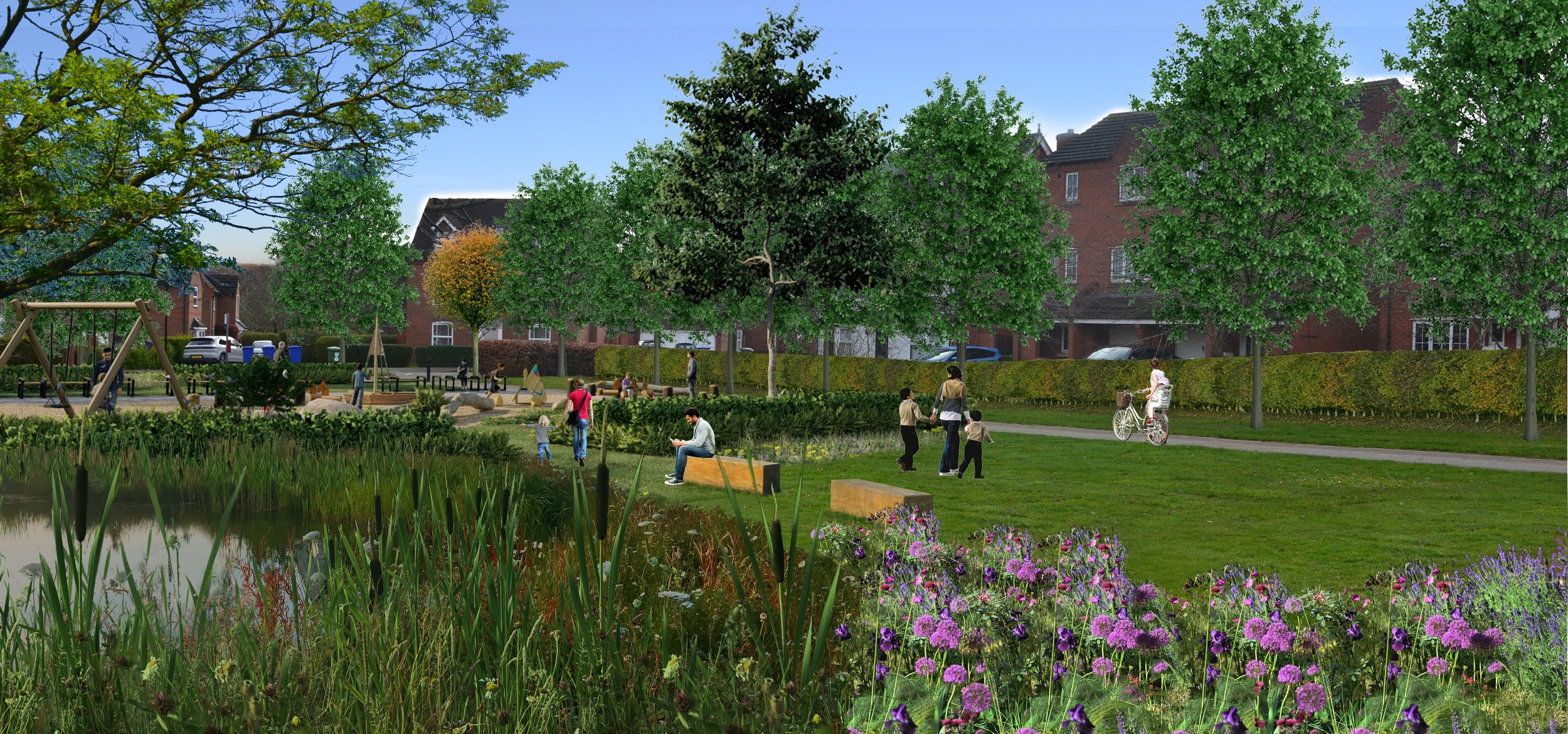
EC-Environmental
Helping developers smoothly navigate planning permissions, turning challenges into opportunities with strategic designs for swift approval.
Chartered Landscape Architects l LVIA l LVA l EIA l Strategic Landscape
Services
Landscape Planning
Strategic Land Consultancy
Landscape & Visual Impact Assessment
Environmental Statements
Landscape Design
Visualisations
The landscape that surrounds us is an intrinsic part of our sense of our selves and where we are from. Landscape forms a vital role in quality of our lives and how we experience the world. Understanding Landscape refers to the visible features of an area, including natural elements like mountains, rivers, and forests, and human-made structures like buildings and roads. Understanding a landscape involves considering its ecological, cultural, and historical significance.

“We’re a company focused on growth and delivering well designed schemes. Enda’s work is a key cog in this process and I’d be more than happy recommending his work to any company that sees the value in good landscape design”
Levi Sykes - Denbury Homes
